European Vertebrate Management Conference
Dear participants of EVMC 2025, dear colleagues, dear friends,
on behalf of the Local Organizing Committee, I would like to extend our heartfelt thanks to all of you for your participation, your positive spirit, and the many kind words you shared with us during and after the 14th European Vertebrate Management Conference. Taking on the responsibility of organizing such a large and important international conference was certainly a bold decision—one that brought many why-questions and no small amount of stress. However, thanks to your continuous support, encouraging feedback, and warm smiles, we can now confidently say: it was absolutely worth it. In fact, as the conference has come to an end, we find ourselves more sad than relieved, wishing this incredible experience could have lasted a little longer.
That said, there is also much to celebrate. Beyond the fond memories of social gatherings, the overwhelming majority of your feedback highlighted and praised the scientific quality of the conference. The consistency of the programme, the strength of the plenary, oral, and poster presentations—these are, after all, the core of any successful scientific meeting. However, this level of excellence would not have been possible without your dedication: your flexibility in finalizing the programme and, most importantly, the outstanding quality of your contributions. Thank you sincerely for that. We were fortunate to host over 160 scientific contributions, including seven outstanding plenary talks—by Heidi, Sabine, Joaquin, Nikica, Atle, László, and Boris. Our heartfelt thanks go to each of you for your inspiring presentations. All talks and posters reflected the impressive diversity and scope of our conference: 806 co-authors from 45 countries, with first authors from 28 of them. The entire scientific programme ran seamlessly over four days, with 19 symposium chairs (many thanks!) ensuring that sessions stayed on time—allowing participants to engage fully and move easily between parallel talks.
Though the conference event itself has concluded, some important post-conference activities remain. Among them is the preparation and submission of selected papers, chosen by symposium chairs, for publication in respected scientific journals. We are deeply grateful to the three journals that have expressed their interest in supporting this process: Pest Management Science (Wiley), the main publisher of EVMC papers; Integrative Zoology (Wiley); and Veterinarski Arhiv (Journal of the Faculty of Veterinary Medicine, University of Zagreb). Their willingness to collaborate with us will help extend the scientific impact of EVMC 2025.
Of course, EVMC 2025 would not have been possible without the generous support of numerous institutions and companies. We would like to thank the Ministry of Agriculture, Forestry and Food of the Republic of Slovenia, the Municipality of Ankaran, the Municipality of Velenje, and all our sponsors and exhibitors: Ecotone Telemetry, Pig Brig Trap Systems, DivjaLabs #BiodiversityInSight, the Botstiber Institute for Wildlife Fertility Control, International Pest Control, Unichem, MegaTel, Heslinga Traps, and Palma. Your support was vital to the success of this event.
Finally, our deepest gratitude goes to all our partners and colleagues who contributed—both visibly and behind the scenes—to the organization of EVMC 2025. Special thanks to our colleagues from the Faculty of Environmental Protection, the University of Primorska (Faculty of Mathematics, Natural Sciences and Information Technologies), the University of Ljubljana (Biotechnical Faculty), the Slovenian Forestry Institute, the Julius-Kühn Institute, the Slovenia Forest Service, the Hunters Association of Slovenia, and the Hunters Association of Koper. Your commitment, professionalism, and teamwork made EVMC 2025 a smooth, coherent, and truly memorable experience.
One of the most valuable outcomes of any scientific conference is the network of new professional and personal connections it fosters. In Ankaran, we are proud that many new bonds were formed among participants. To help preserve these memories, a selection of photographs has been uploaded to the Gallery subpage. We hope these moments—and the friendships behind them—will stay with you for many years to come.
Thank you all for coming to Ankaran. We hope EVMC 2025 will remain a memorable experience for all of us!
Boštjan Pokorny, on behalf of the Organizing Committee
COMMITTEES
LOCAL ORGANIZING COMMITTEE, SLOVENIA
Faculty of Environmental Protection
Boštjan Pokorny – CHAIR
Lea Komerički Kotnik
Milena Ževart
Samar Al Sayegh Petkovšek
Saša Zagode Burič
Zarja Platovšek
University of Primorska, Faculty of Mathematics, Natural Sciences and Information Technologies
Elena Bužan
Alenka Babič
Lan Zirkelbach
Luka Duniš
University of Ljubljana, Biotechnical Faculty
Hubert Potočnik
Ivan Kos
Klemen Jerina
Slovenian Forestry Institute
Katarina Flajšman
The Hunters Association of Slovenia
Alojz Kovšca
Gregor Bolčina
Urša Kmetec
Zavod za gozdove Slovenije
Matija Stergar
Peter Krma
Lovska zveza Koper
Fabio Steffe
Vedran Prodan
INTERNATIONAL STEERING
COMMITTEE
Ann-Charlotte Heiberg, Denmark
Emil Tkadlec, Czech Republic
Emiliano Mori, Italy
Etienne Benoit, France
Giovanna Massei, UK
Goran Jokic, Serbia
Graham Smith, UK
Herwig Leirs, Belgium
Jens Jacob, Germany – CHAIR
Joachim Pelz, Germany
Jordi Figuerola, Spain
Linda Bjedov, Croatia
Marco Zaccaroni, Italy
Otso Huitu, Finland
Philippe Berny, France
Valeria Mazza, Italy
Virginie Lattard, France
Zbigniew Borowski, Poland
SCIENTIFIC INFO
PLENARY SPEAKERS

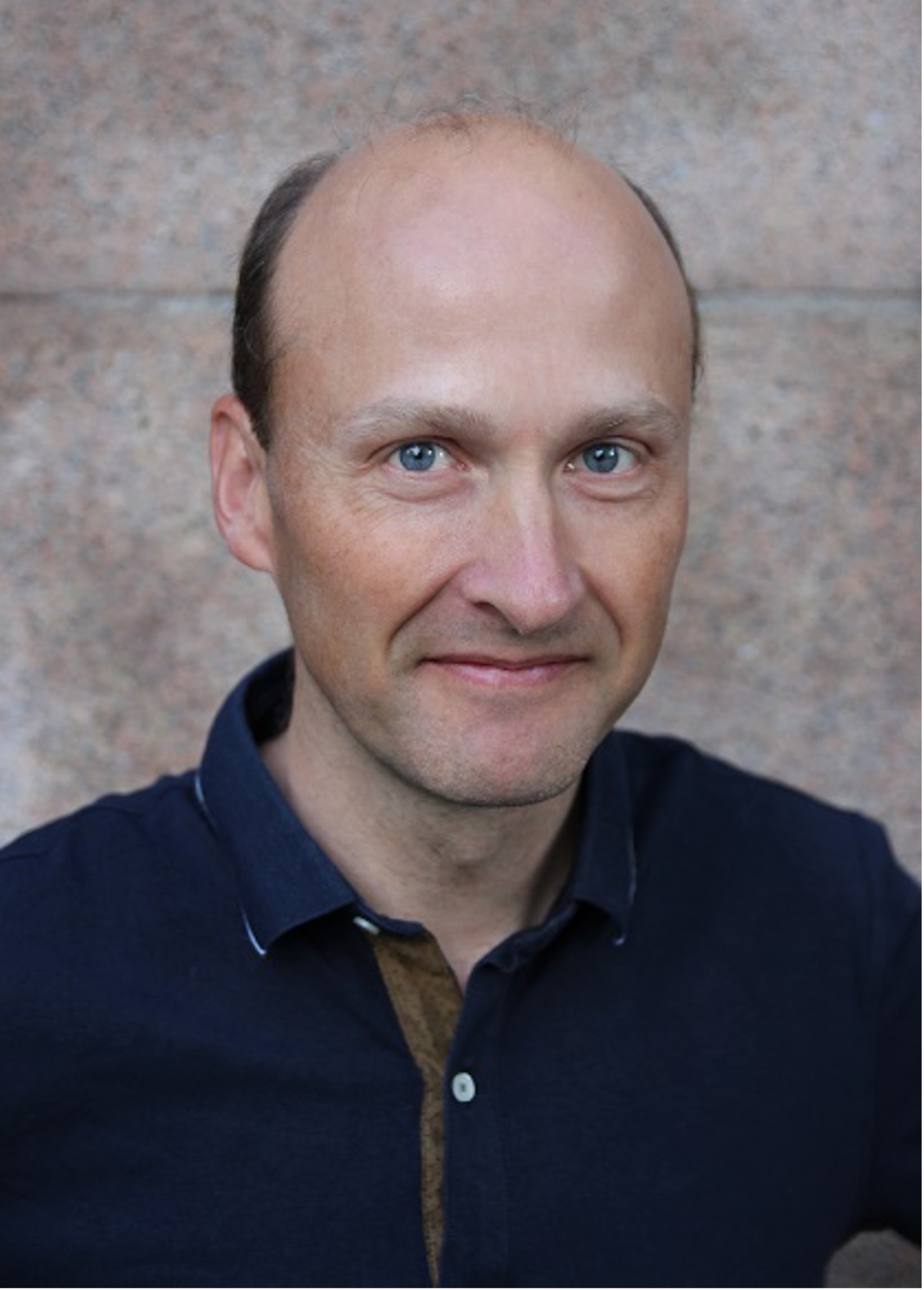
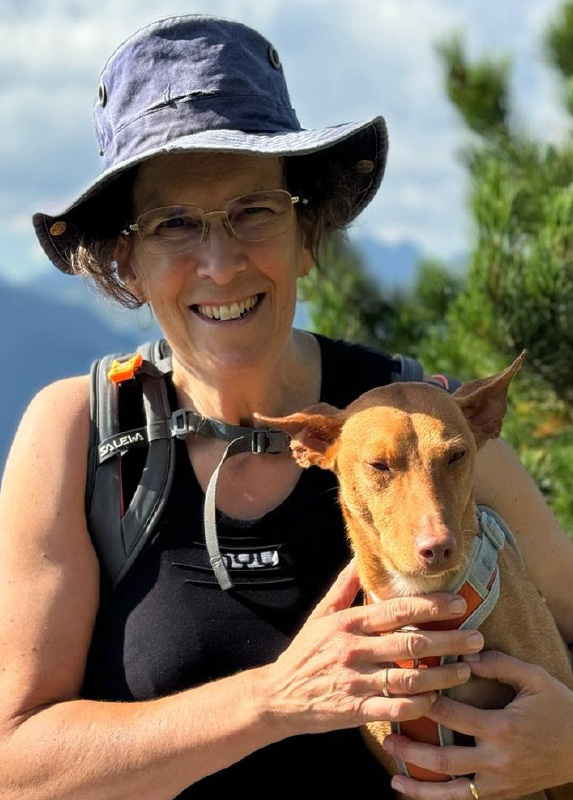
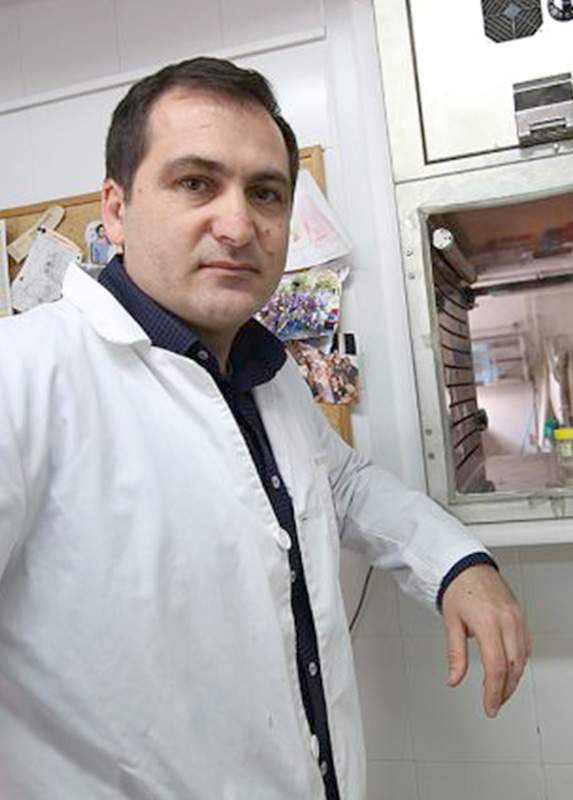


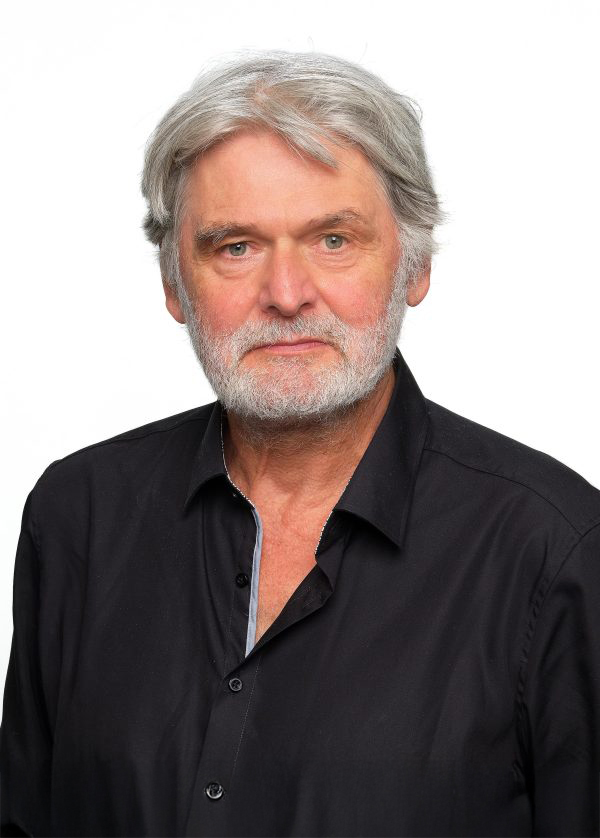
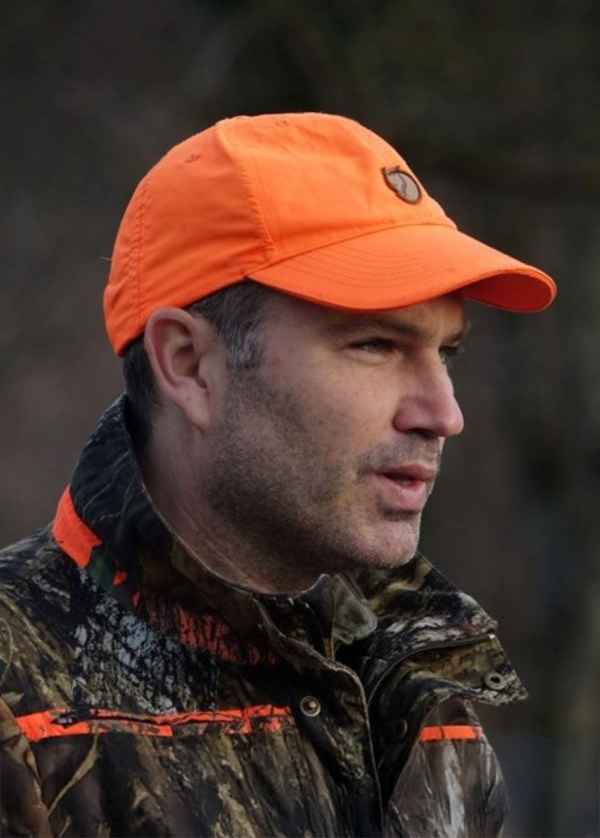
GENERAL INFO
ABOUT SLOVENIA
Norway ‒ land of fjords, Finland ‒ land of lakes, Slovenia ‒ ?
‒ land of diversity in a small area (20.000 square km ‒ 20 x Paris)
diversity in nature: transitional area between the Alps, Dinaric mountains, Pannonic region and Mediterranean Sea
diversity in culture: situated along the ancient Amber way, historical overlapping of Roman, German and Slavic culture
diversity in climate: from Mediterranean to continental and Alpine climate patterns across less than 300 km of air distance
diversity in cuisine: 3 different wine regions with high quality small wine producers, local food (Slovenian cuisine with influences of Italian, German, Balkan and Hungarian flavours)
– land of forests: almost 60% of the country is covered by forests, mostly traditionally sustainably managed, selective cutting prevails, while clear-cutting is forbidden, forest ecosystems are of high biodiversity value;
– land of large carnivores: brown bear and wolf are historicaly present in Slovenia, lynx was extinct but it has been successfuly reintroduced, as habitat remains suitable. Populations are shared by neighbouring countries, and efforts to reach a common understanding on population level management are in place. Due to Slovenian geographical position, the connection of Alpine and Dinaric populations is a big challenge, mostly because of acceptance of local communities.
– land of origin of fresh water: most Slovenian rivers have their spring in Slovenia (Sava, Soča, Krka, Savinja …), about 80% of waters flow to the Balck Sea and the rest to the Adriatic Sea;
– land of diverse landscapes: astonishing changing of landscape patterns when travelling in Slovenia, responding to climate, geological and relief characteristics. Special landscape elements are hay-racks for drying hay in the Alpine part of Slovenia and a lot of small churches situated in villages and small hills.
– land of karst: About 44% of Slovenia are carbonatic rocks, mostly limestone, where karst phaenomena are well developed. The area between Trieste and Vipava Valley is called Kras and is used international kast terminology together with some expresions for particular karst feature: ponor, dolina, polje. In Slovenia, over 15,000 caves are registered, the deepest being Čehi 2 (1505 m or height of 5 Eiffel towers), 22 are adjusted for tourist visits (Postonjska jama, Škocjanske jame (UNESCO World Heritage);
– subterranean fauna: whereas flora and fauna in Slovenia is rich and diverse due to its basic landscape diversity, the level of endemism is average. But this is not true for karstic subterranean world. Here the number of species living in a world without light is the highest known in the world. These species are highly specialised and living isolated in small, in many cases endemic, populations. The best known is the biggest cave vertebrate Proteus anguinus that was described from Slovenia and is still puzzling scientists. The other one is the cave beetle Leptodirus hohenwartii found in Postonjska jama in 1831. That was the first subterranean animal described and triggered a new brach of biology ‒ spelobiology.
– high level of nature protected areas: protected areas (about 13% of national territory: 1 National Park (Triglav National Park), 4 Regional Parks, 47 Landscape Parks, 1,097 Natural Monuments, 62 Nature Reserves), Natura 2000 covers almost 38% of national territory.
Now you can try to make an image of Slovenia and try to characterise it with one word. I didn’t succeed!
But it’s better to experience Slovenia yourself!
Dr. Peter Skoberne
ABOUT ANKARAN
The small seaside town of Ankaran, with around 3,200 inhabitants, is situated on the Adriatic coast, in the immediate vicinity of the Debeli Rtič Nature Park, famous for its exceptional landscape and natural diversity. The Ankaran peninsula, where the town is located, is characterised by an unspoilt flysch coastline with bays, cliffs, seashell dunes, wetlands and grasslands, among which the Mediterranean salt meadow stands out, the only one of its kind in Slovenia and one of the few on the eastern Adriatic coast.
The 11th-century Benedictine monastery of St Nicholas is located on the conference site, while the preserved villa of the noble Galli family and numerous World War II monuments (bunkers, firing ranges, observation tower) can be admired on the hillside above the town.
The mild Mediterranean climate, the high biodiversity on land and sea, the rich cultural heritage, the proximity to the Slovenian capital (Ljubljana is only an hour’s drive away) and the good cuisine make Ankaran an ideal location for the EVMC 2025.
We look forward to welcoming you to this picturesque place!
IMPORTANT DATES
| Registration: from 11 Sep 2024 onward |
| Early-bird end: 28 Feb 2025 |
| Deadline for payment of fee enabling inclusion of abstracts in the programme: 20 Mar 2025 |
| Start of the conference: 12 May 2025 |
REGISTRATION FEE
(without excursion and gala dinner)
| Participants (early-bird) | . . . . . . . | 300 EUR |
| Participants (regular) | . . . . . . . | 400 EUR |
| Students, also PhD (early-bird) | . . . . . . . | 200 EUR |
| Students, also PhD (regular) | . . . . . . . | 250 EUR |
| One-day (all participants) | . . . . . . . | 100 EUR |
Excursion options:
THE ŠKOCJAN CAVES
Discover the only monument in Slovenia and the Classical Karst region on UNESCO’s list of natural and cultural world heritage sites and the beautiful nature of Škocjan Caves Regional Park.
MAŠUN
In the heart of the vast Snežnik forests, experience Slovenia as a land of forests and a home to large carnivores.
BLED AND TRIGLAV NATIONAL PARK
Bled is Slovenia’s most iconic alpine destination, renowned for its glacial lake with a picturesque island church, a medieval clifftop castle, and the traditional blejska kremšnita dessert. Situated at the gateway to Triglav National Park, it offers easy access to one of Europe’s oldest national parks, home to exceptional biodiversity and the majestic Julian Alps.
THE SLOVENIAN COAST
You will see that the short Slovenian coast has a rich natural and cultural heritage. The view from the boat over the picturesque town of Piran will amaze you.
FILM SCREENING
Film screening – Documentary Wild Slovenia
Wild Slovenia is a Slovenian natural history documentary film about the diversity of Slovenian flora and fauna and the different types of Slovenian landscapes. It is a wonderful documentary journey through the richness of Slovenia’s natural environment, with rarely seen scenes in nature giving the film a special touch. It presents us with five ecosystems: the Alpine world, the Karst underworld, the Adriatic Sea, the forests of the Dinarides and the Pannonian plains, which are home to a great variety of life forms.The documentary features over 50 animal species.
Many biologists, hunters and other conservationists participated in the making of this film.
Matej Vranič is a Slovenian professional photographer and filmmaker. He won the Best Photography of Slovenia competition and was awarded the Slovenian Nature Photographer of the Year in 2017. His photographs have been exhibited in numerous galleries. He has produced a series of wildlife stories for the National Geographic Slovenia magazine. Today, his focus is mainly on wildlife documentaries.
NEWS
Thank you for joining the 14th European Vertebrate Management Conference
Dear colleagues, the 14th European Vertebrate Management Conference has successfully[...]
Documentary Wild Slovenia – Monday, 12 May 2025, at 21.00
Film screening - Documentary Wild Slovenia Monday, 12 May 2025,[...]
Conference Mobile App available
We are pleased to inform you that the mobile app[...]
CONTACT AND REQUEST
MOBILE APP
https://conference4me.psnc.pl/get/?config=evmc2025
or scan the QR code or type ‘evmc2025’ in Google Play or Apple App Store.



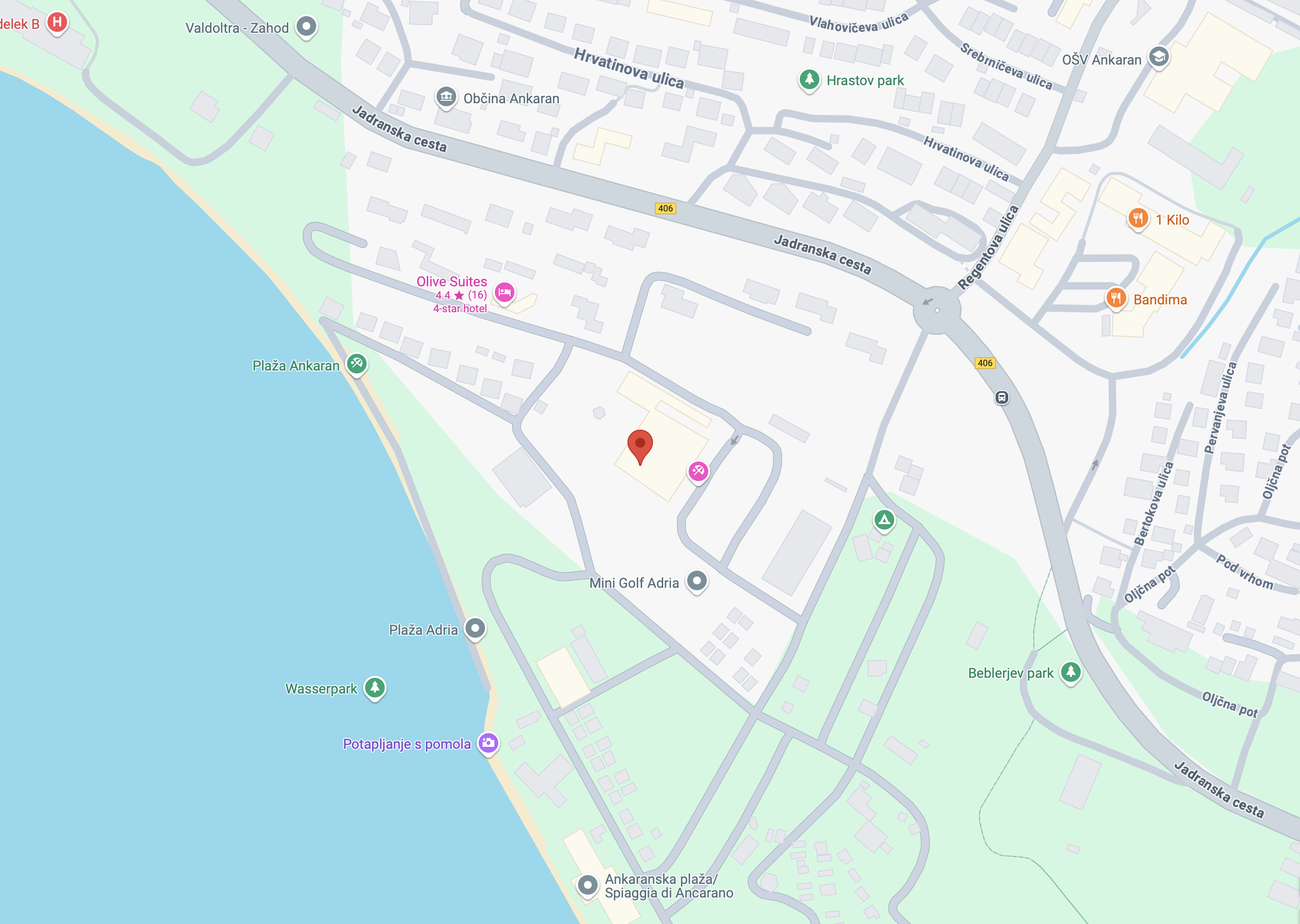

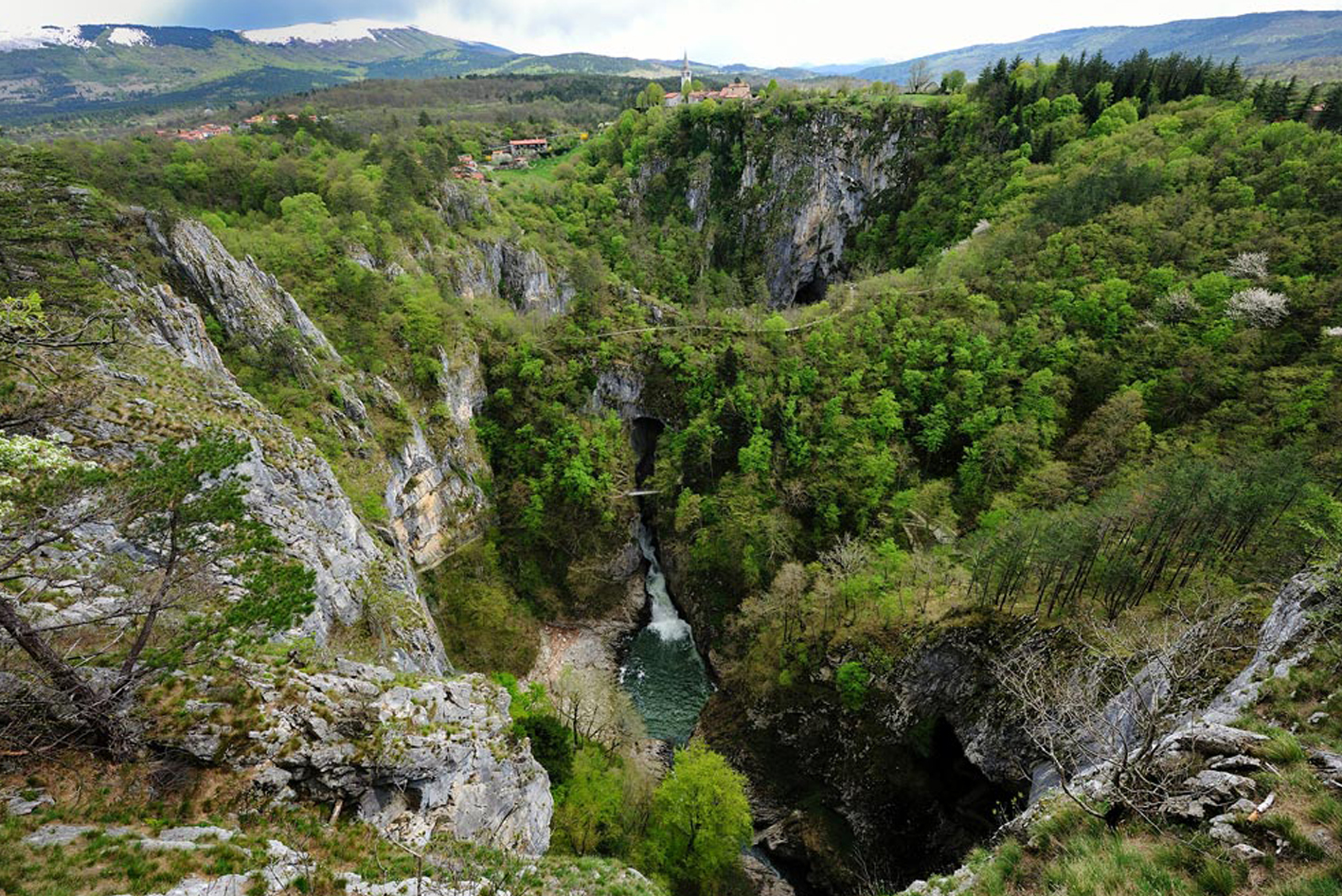
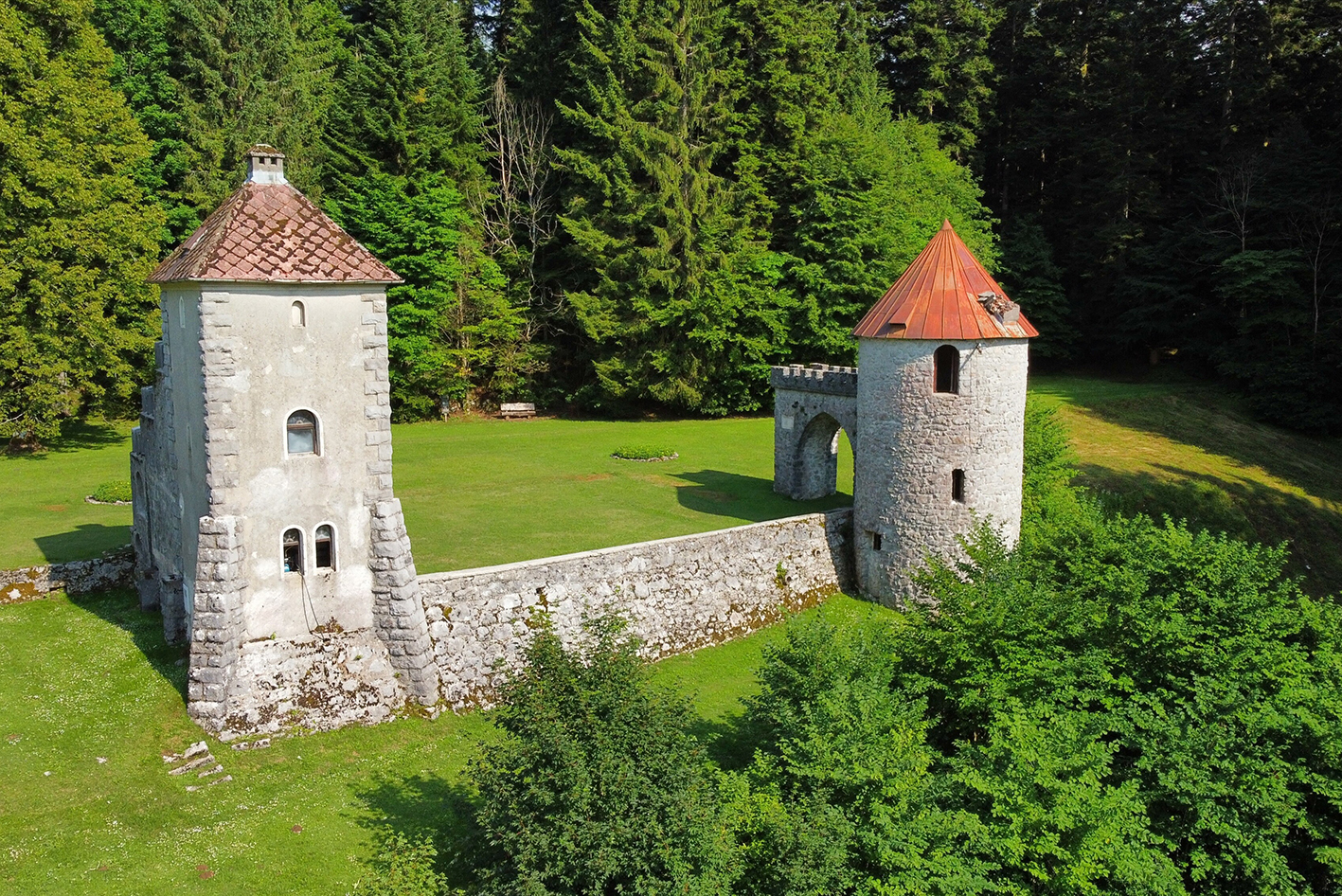
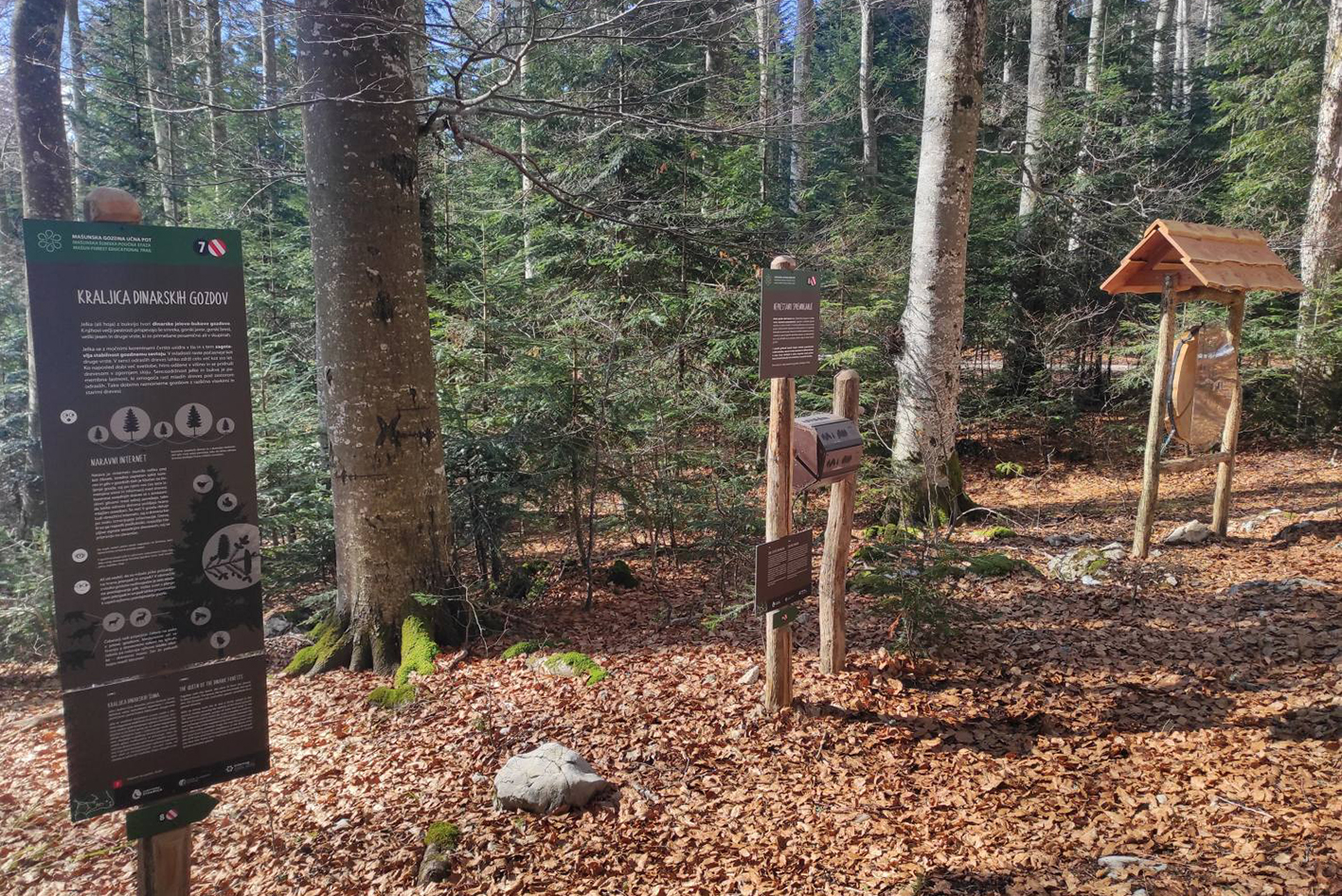
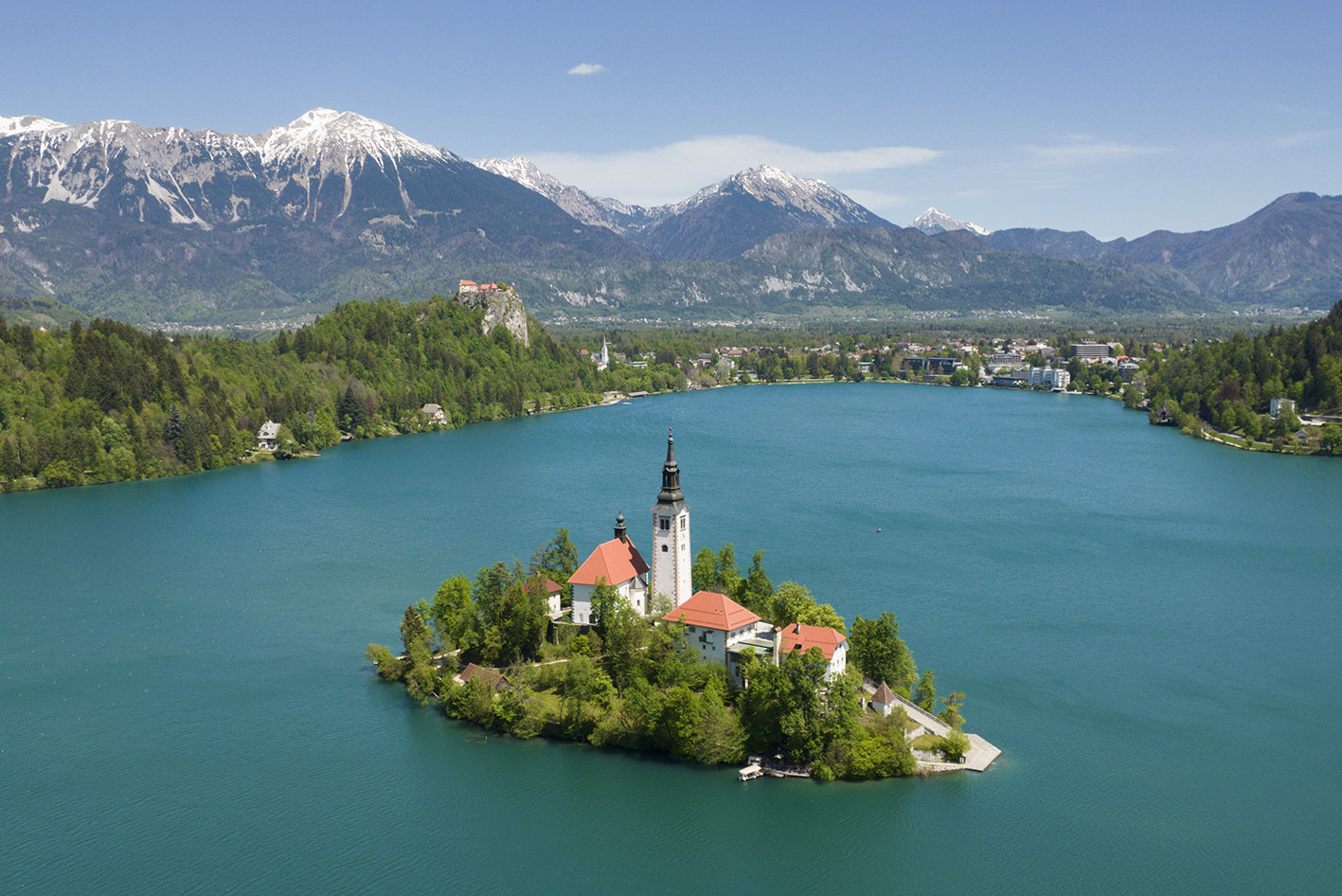
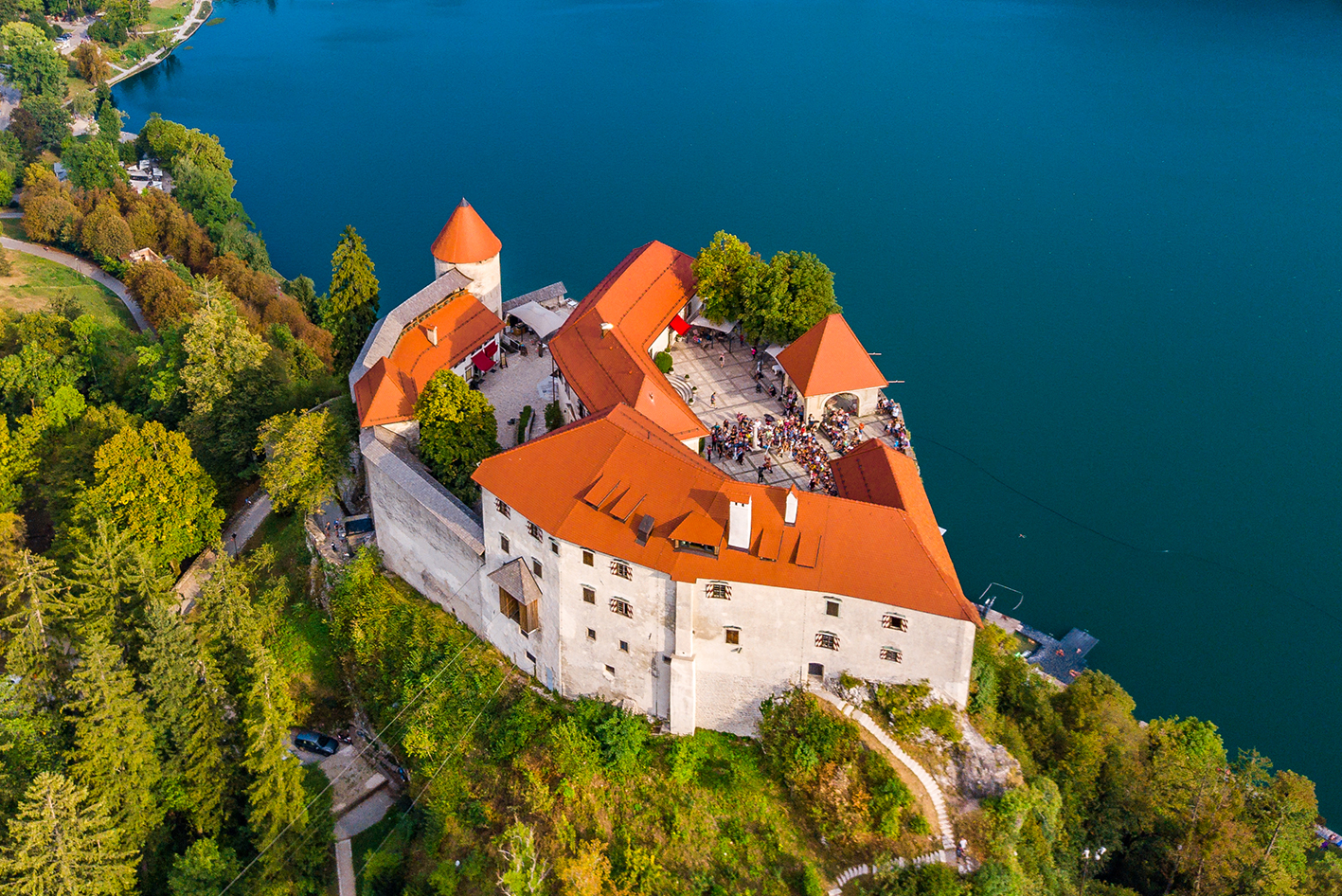
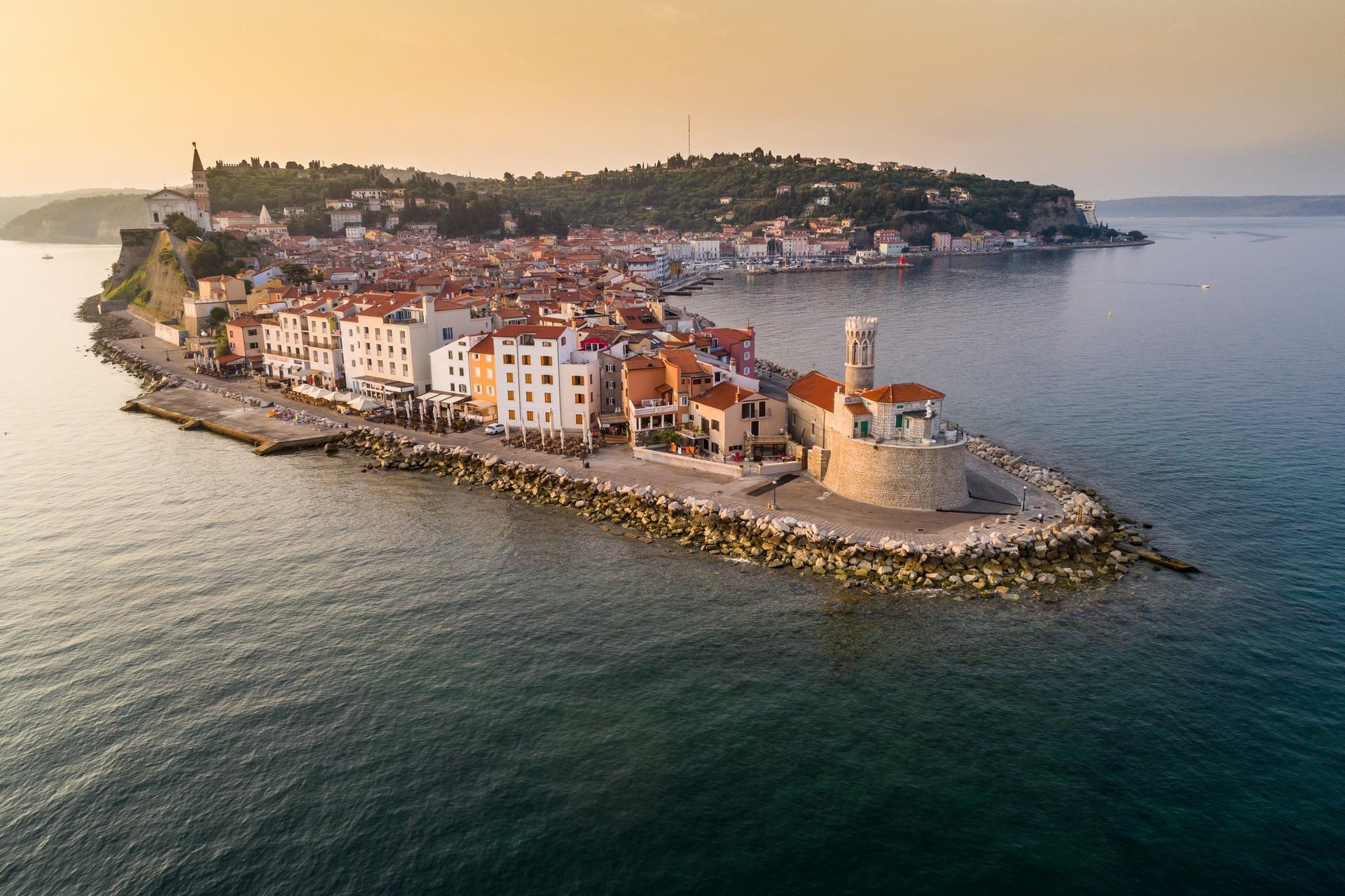
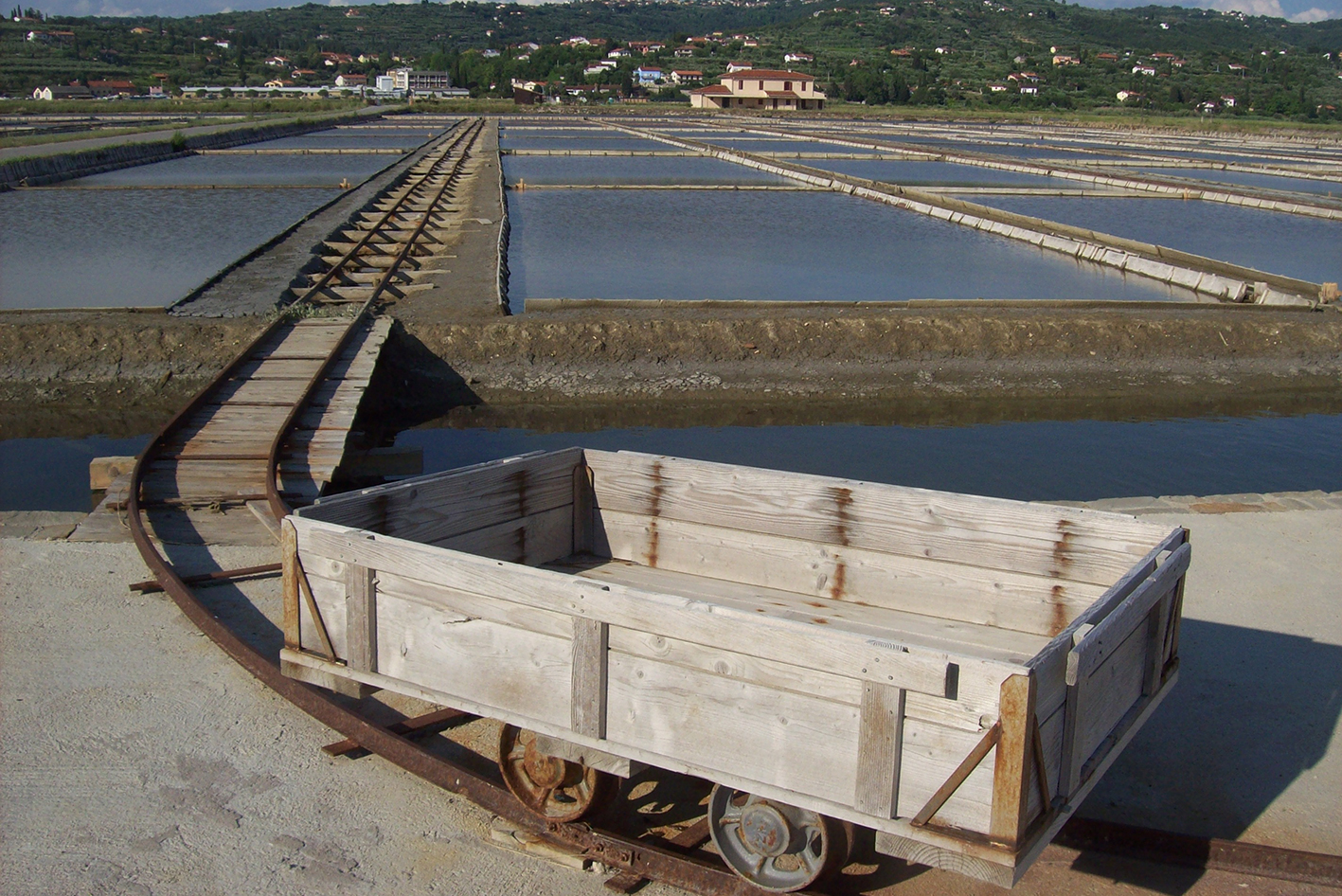











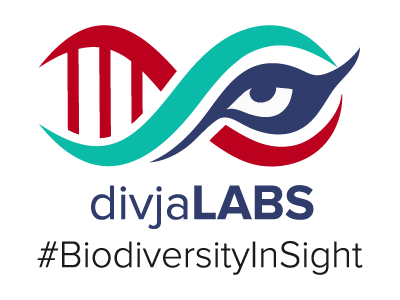
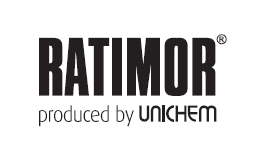
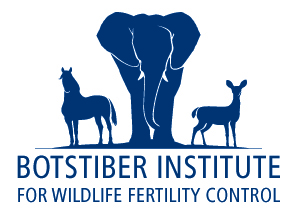

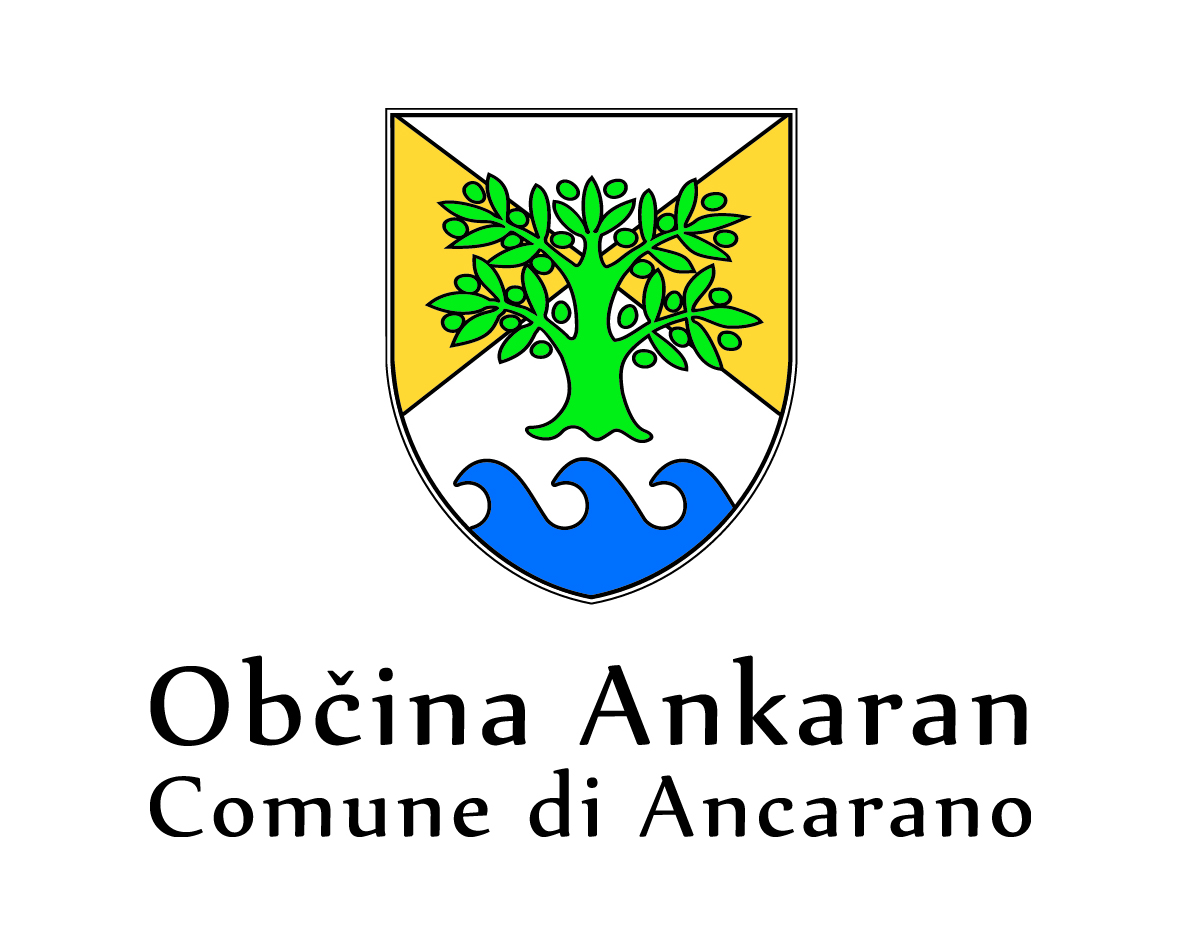



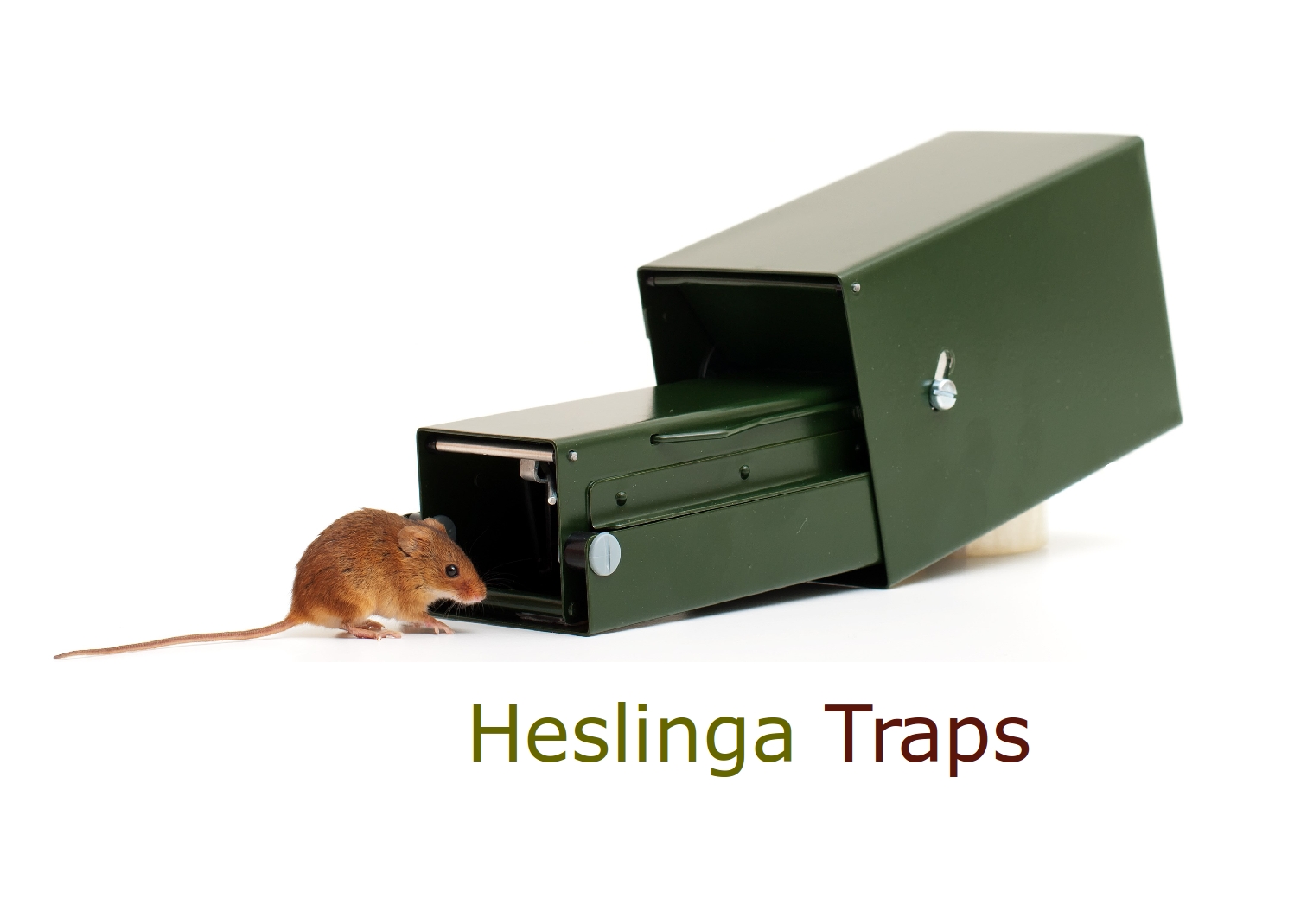



SOCIAL EVENTS
Mid-Conference Excursions